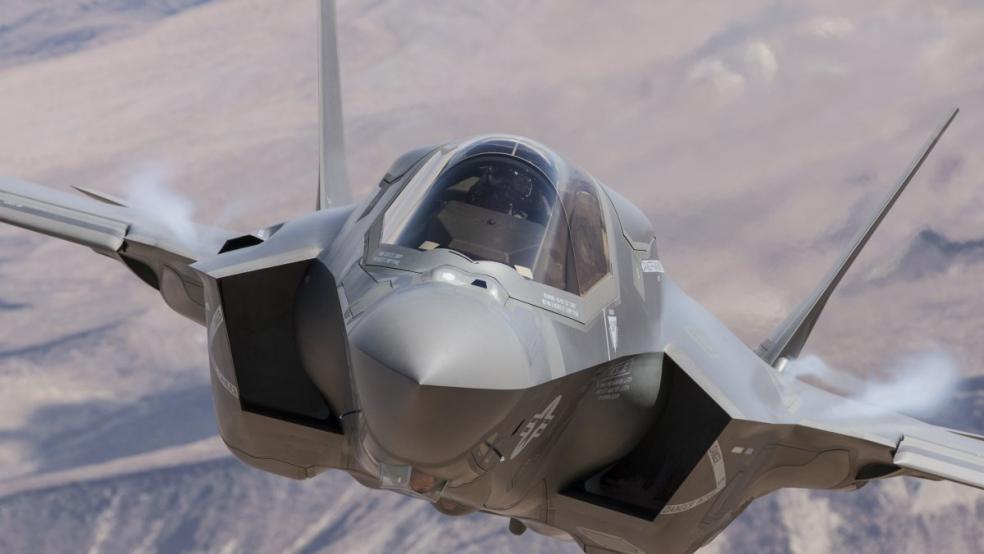The Defense Department’s F-35 Joint Strike Fighter has hit another technical glitch, one that could prevent the Air Force from declaring its version of the fifth-generation fighter operational.
Last week Major General Jeffrey Harrigian, the Pentagon’s F-35 integration office chief, told IHS Jane’s that the latest snafu had to do with “radar stability.”
Related: Move Over, F-35: Russia Has Raised the Stakes for Next-Generation Fighters
"What would happen is they'd get a signal that says either a radar degrade or a radar fail -- something that would force us to restart the radar," the two-star general said, noting the problem surfaced late last year.
In other words, the radar system can fail in flight, and the only fix is to turn the system off and on, much like a late-1980s personal computer.
Manufacturer Lockheed Martin “discovered the root cause, and now they're in the process of making sure they take that solution and run it through the [software testing] lab,” said Harrigian, adding that the fix for the bug would be delivered to the Air Force at the end of the month.
The radar problem is just the latest setback to befall the $400 billion fighter program since it began development in 2001, and the new software issue could interfere with the Air Force’s plan to declare that its F-35 variant has achieved initial operational capability (IOC).
The designation means that the service considers the F-35A to be an active warplane that can be deployed and take part in operations.
The Air Force hopes to declare IOC sometime this fall but if ironing out the latest snag takes longer than expected, that date could be pushed into 2017.
The Marine Corps declared its version of the jet, the F-35B, IOC last July, giving the entire program a shot in the arm. The carrier variant, the F-35C, which will be used by both the Marines and the Navy, is scheduled to go operational in 2018.





